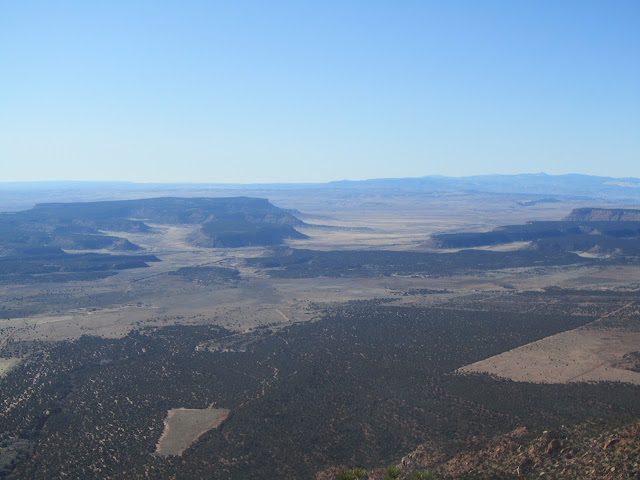150 years ago, on December 2nd, a group of roughly 300 pioneers arrived in St George to establish a cotton producing settlement. The group had been called to leave their current homes by Brigham Young for a fresh start in, what many considered, the next closest terrain to Hell . It wasn't as big as some of the other westward migrations, nor as fraught with tragedy, but we still came home after trying it ourselves, asking, "how'd they do it?"
Originally, the Dixie Cotton mission wagon train reenactment planned to start in Salt Lake City and make the 300 mile journey South to St George. But as tough as it must have been for the original settlers to move their lives across distance and hostile high-desert topography, it turned out to be virtually impossible to make it in
wagon train form today. Too much infrastructure in the way. And more importantly, too many entities to please. The regulatory burden caused St George City to trim the journey to the final 100 plus miles from Parowan to St George--and that, across a different path than the original settlers took. We spent 8 days in October making the journey.
The single most difficult part of moving across the landscape the way they did had to be taking care of the animals. We had it relatively easy...we brought our own hay along with us, and the city delivered water right to our individual camps. The city also cooked our meals. Even with the reduced work load, we were up early and late to bed just taking care of our mules and horses. Our pioneer ancestors had to live on their own supplies, cook their own meals, make their own repairs from whatever was on hand, find their own water, and... somehow... make sure the animals for all 300 of them got enough to eat each night in preparation for the next day's travel. The sparse forage in the late fall was fairly poor in nutritional value, and the competition for it must have been fierce. Who stayed up all night making sure the animals could range enough to get fed?
I don't know if our predecessors enjoyed their trek. But we sure did! How'd they do it?










































